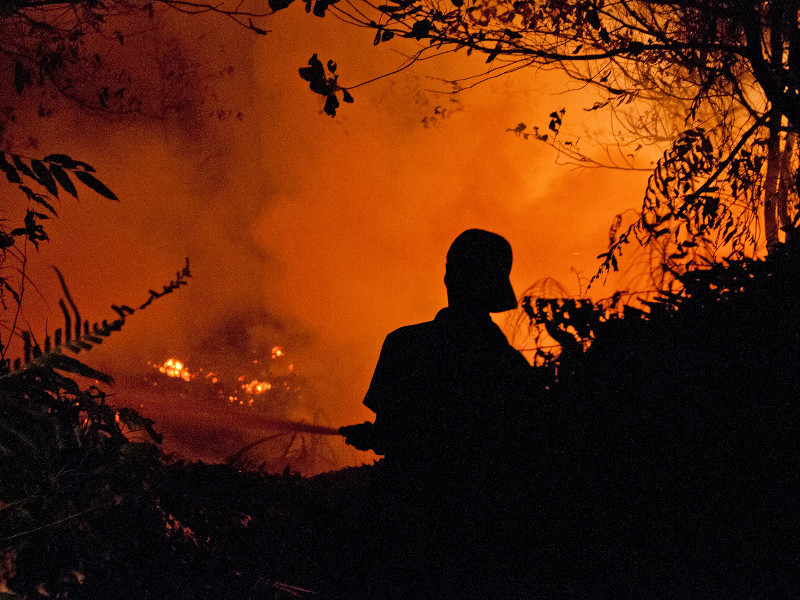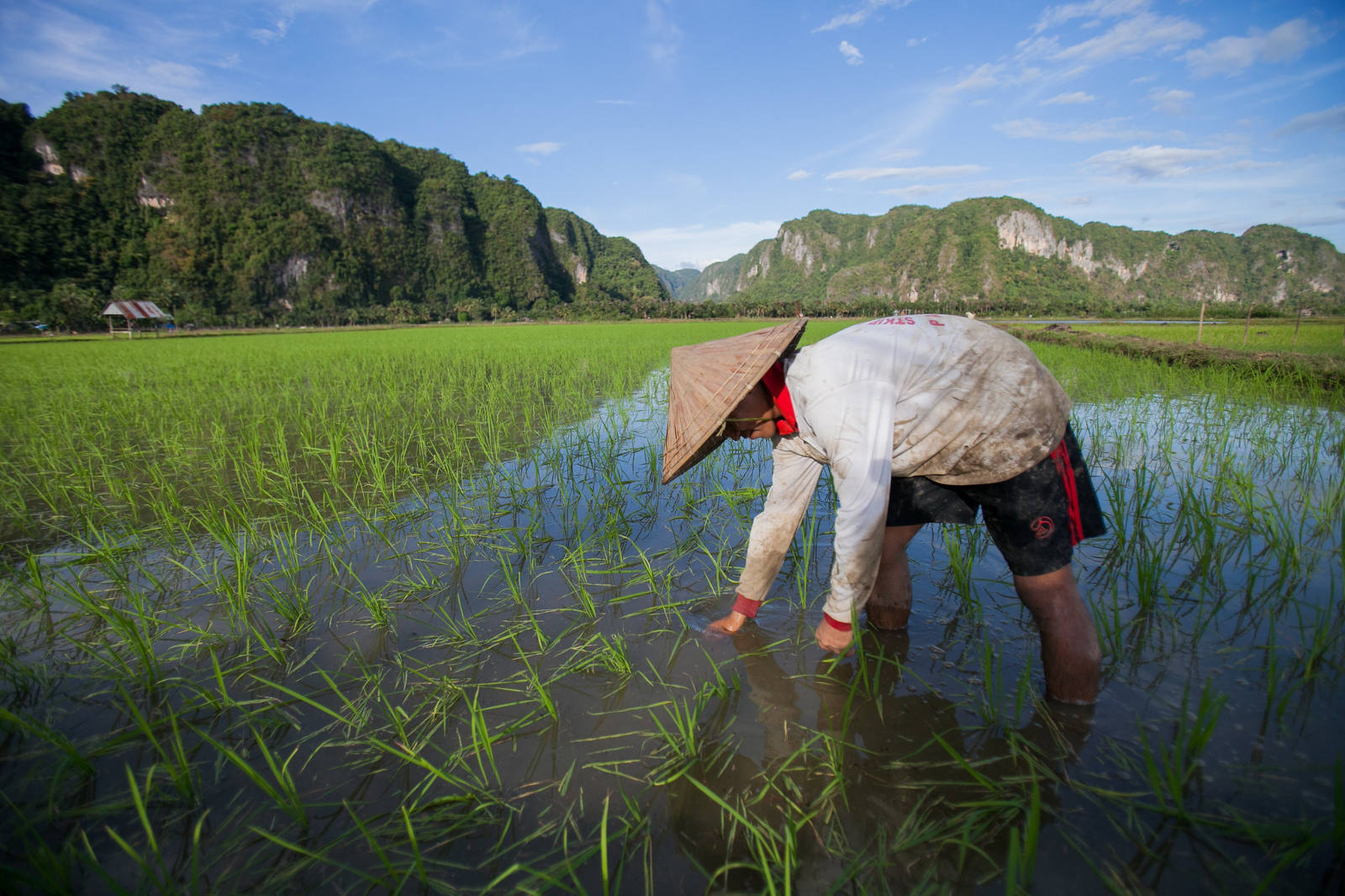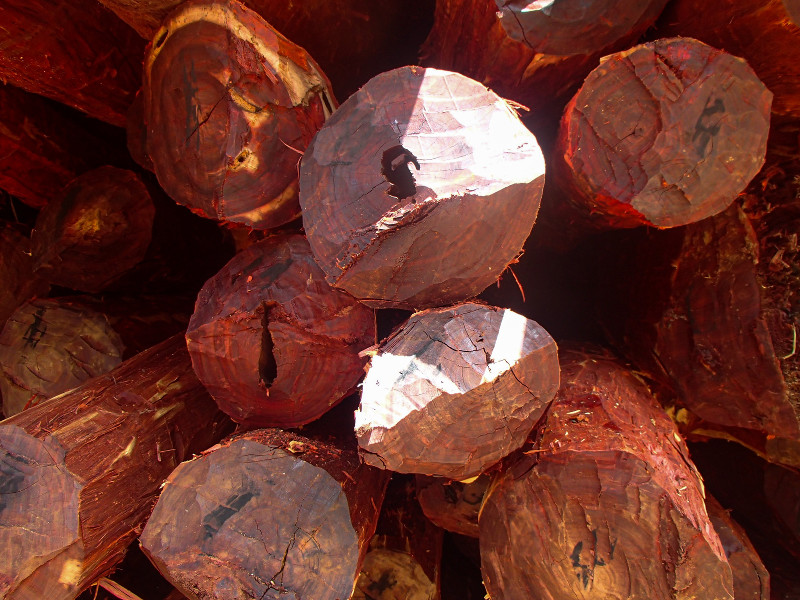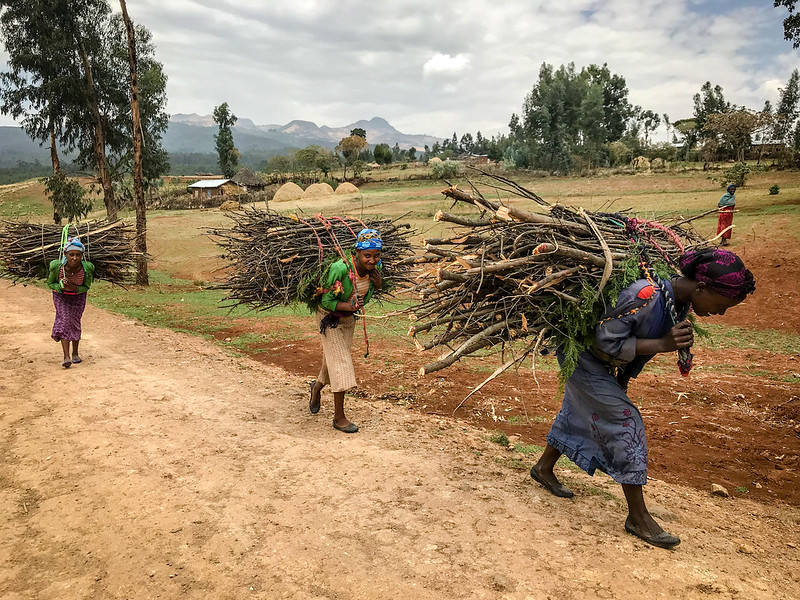Restoring hydrological functions affected by economic development trajectories faces social and economic challenges. Given that stakeholders often have a partial understanding of socio-hydrological systems, it is expected that knowledge sharing among them will help to enhance their understanding of the socio-hydrological system and the consequences of land-use choices. A tool that simplifies the social-hydrological system but still accommodates the crucial part of the social and technical aspects is needed to facilitate collective learning. However, a simplification process has a risk that leads to very site-specific and difficult to adopt for different conditions. To address those issues, this study aims to develop a highly adaptable serious game to make it easily applied to any situation in order to facilitate co-learning among stakeholders regarding complex socio-hydrological problems. We designed a ‘serious’ game that revolves around a simple water balance and economic accounting, with environmental and financial consequences for the land users and balancing between relevant site-specificity and generic replicability of the game design. Here, we describe the development of the game and explore its capacity to visualize, discuss and explore Water: Use, Resources and Sustainability (‘H2Ours’) issues at the landscape scale. The game design for the H2Ours game was based on a combination of the Actors, Resources, Dynamics and Interaction (ARDI) and the Drivers, Pressure, State, Impact, and Responses (DPSIR) frameworks. The design steps for constructing the game led to a generic version, and two localized versions for two different landscapes in Indonesia: a mountain slope to lowland paddy landscape impacting groundwater availability in East Java, and a peatland with drainage-rewetting, oil palm conversion and fire as issues triggering responses in West Kalimantan. Based on evaluation referring to credibility, salience and legitimacy criteria, the H2Ours game can meet its purpose as a tool for knowledge transfer, learning and triggering action. We provide clear steps in designing and adapting the game to another area, which will facilitate the wider application and adaptation of the basic game design to other landscapes and policy-relevant issues.
DOI:
https://doi.org/10.5194/hess-2023-154
Altmetric score:
Dimensions Citation Count:
























